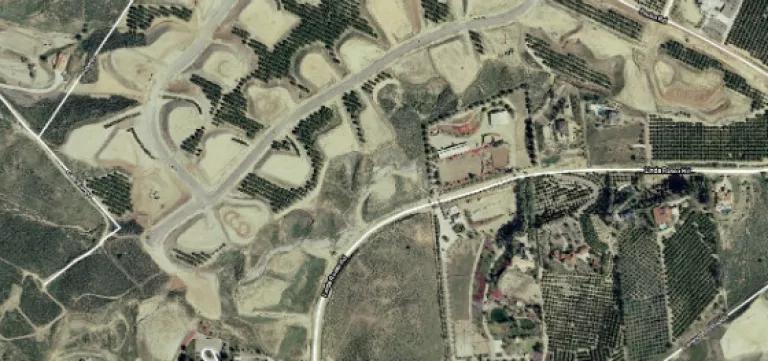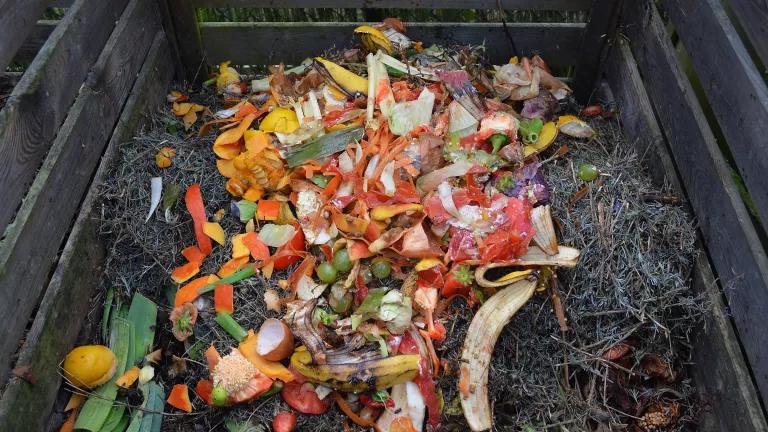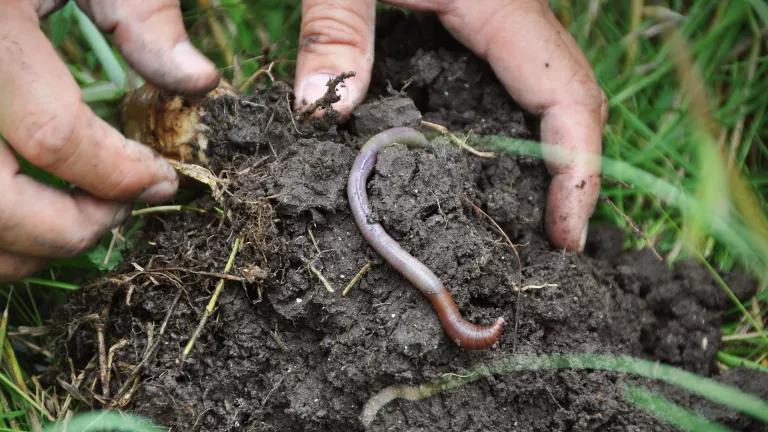
California regulators are moving with commendable speed to implement Governor Brown's latest Executive Order directing a 25% reduction in urban water use. A first and second version of the urban regulations have been produced in less than three weeks, which is warp speed for government work. The State Water Board has listened to comments, made improvements, and is close to getting it right - just what we hope and expect from our public servants. But the Board took a sharp wrong turn when it's second draft proposed to shield local water suppliers from their expected share of statewide water reductions based on their delivery of large amounts of drinking water to "commercial agriculture."
Under the definition used by the Board, commercial agriculture encompasses virtually any activity producing a plant or animal in any quantity for sale. Under the Board's latest draft, any local water supplier that delivers 20% or more of its supply of drinking water to customers engaged in commercial agriculture would be entitled to exclude such quantity from the baseline of water sales from which the 25% reductions are to be calculated.
This sweeping exclusion is a serious flaw in the emergency regulations. Several local water suppliers have very high per capita water usage in large part from their delivery of potable water to serve suburban ranchettes planted with avocados and citrus. While meeting the very broad definition of "commercial agriculture" in Government Code section 51201, the large homes, tennis courts, and swimming pools interspersed with these small groves and irrigated horse pastures belie the essentially residential nature of this use of publicly supplied drinking water. Hobby farms and ranchettes are seen as a lifestyle choice by some California residents, a choice free to be made, but one that should not entitle their public water suppliers to exclude large quantities of drinking water from the targeted reductions that must be apportioned statewide if the State is to achieve the 25% reduction goal in urban water use under the Governor's Executive Order.
Of course, agricultural production in California is big business, and the curtailment of irrigation across California's major crop-producing districts will bring dislocations to farm communities and local economies. But major irrigators do not rely on treated drinking water for crop production. So let's not confuse and conflate California agribusiness with suburban landscaping that generates small quantities of produce or the occasional colt for sale.
The Board's proposal for urban agriculture is unfair in two ways. First, the exclusion of drinking water delivered to ranchettes from the water supplier's baseline of water sales from which water sales reductions are to be calculated will reduce the absolute volume of water sales subject to a percentage reduction. So less water savings will be required of that water retailer. Secondly, the removal of this block of water from the supplier's residential water sales will also reduce the residential per capita consumption of the water supplier. This offers a further advantage to the supplier, since the size of the percentage reductions required of individual water suppliers vary greatly in the rule (from 4% to 36%) based on recent residential per capita consumption.
Like the adamant refusal of some local officials to install water meters for retail customers until mandated by the state, the approval of tract developments of ranchettes served by drinking water - much of it imported form other basins - was a poor local decision now coming home to roost. The kid glove treatment of avocado estates by state regulators is unnecessary as well as unwise. Upon adoption of the rule, each local water purveyor will retain considerable flexibility in how it goes about meeting its water use reduction target. While public health and safety must remain the primary considerations for managing drinking water supplies through the drought, considerations of tree maintenance will undoubtedly come into play, and the needs of locally significant water-dependent commercial agricultural customers, such as nursery retailers and truck farms, will very likely be heard by local water managers. Local suppliers can and should be responsible for making the allocations among all their customers as needed to achieve the statewide urban reduction requirements.
We don't really know how much worse this drought may get. But at this stage, the Board ought not to employ an expansive definition of "commercial agriculture" to designate uses of publicly supplied drinking water that will "not count" for purposes of setting water use reduction targets for urban water suppliers.






